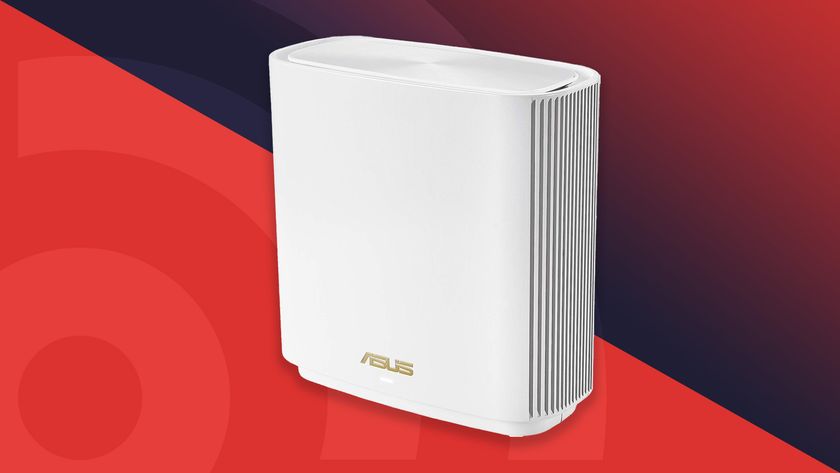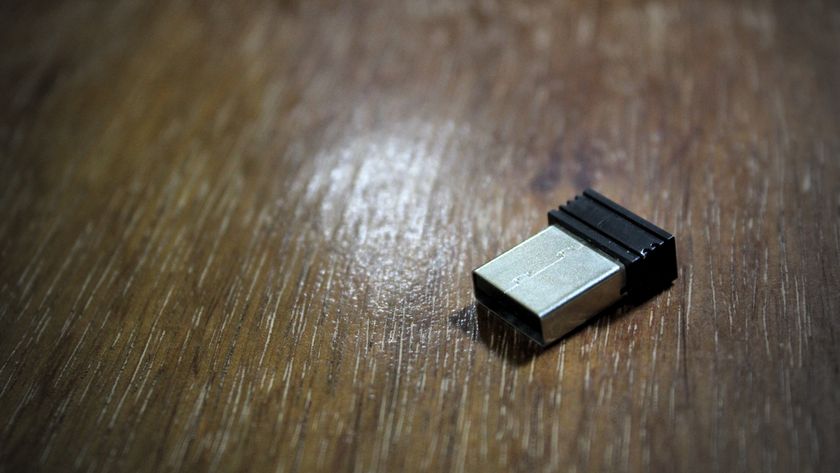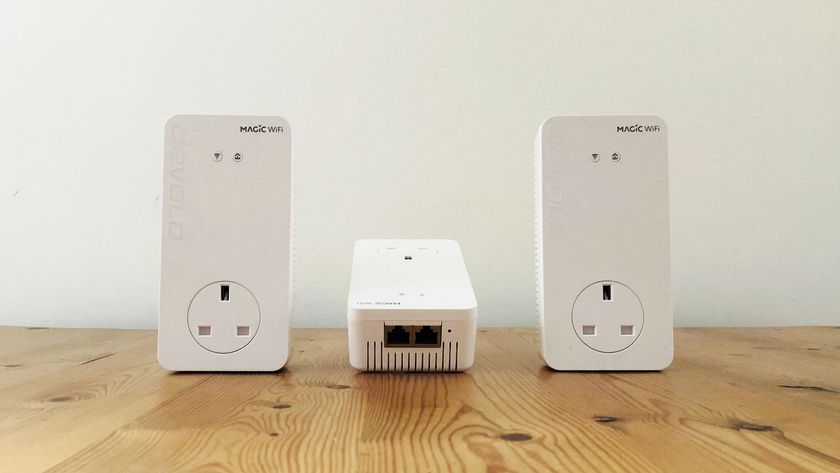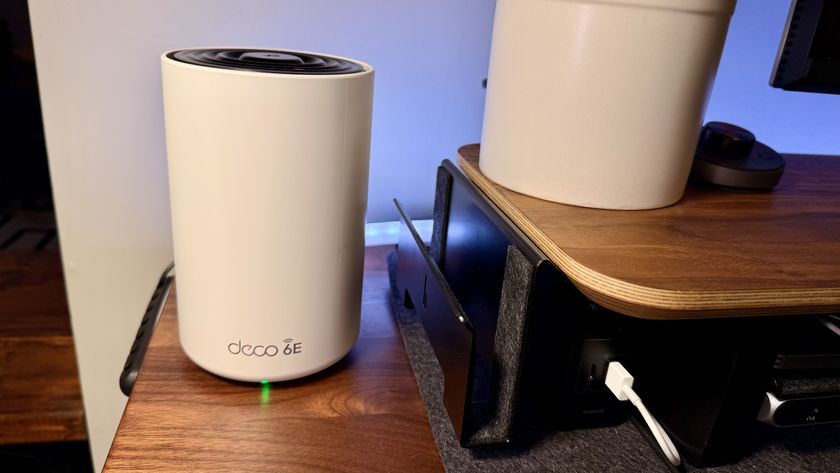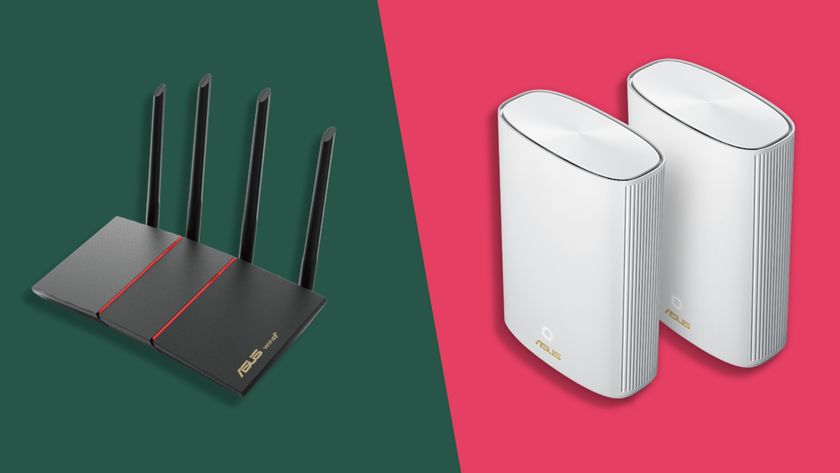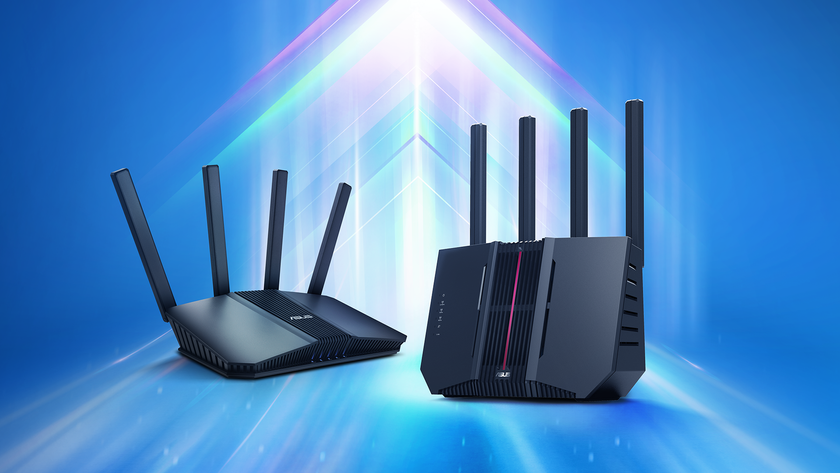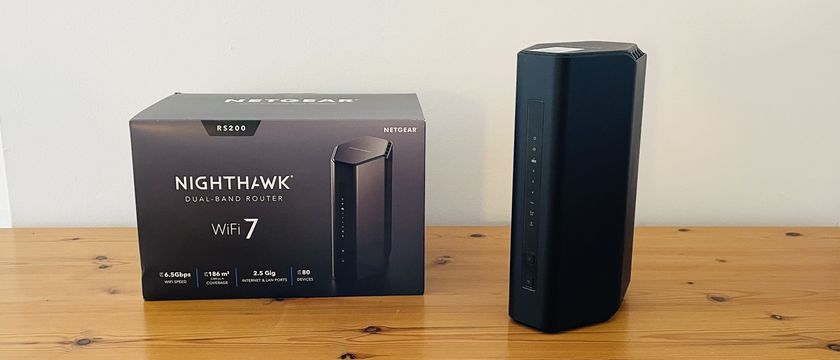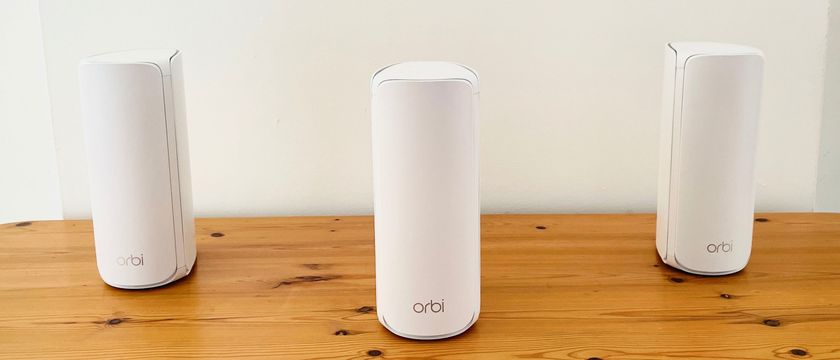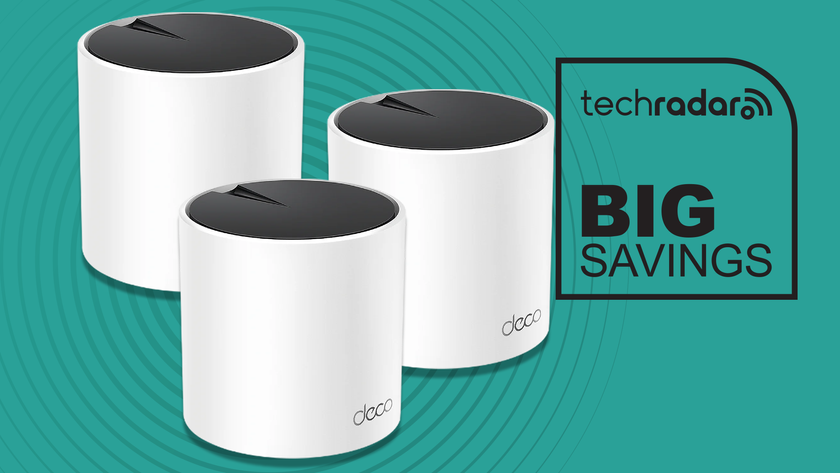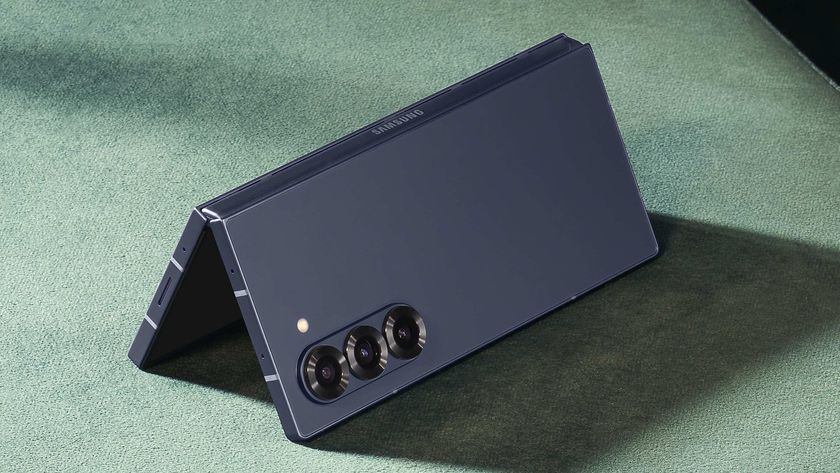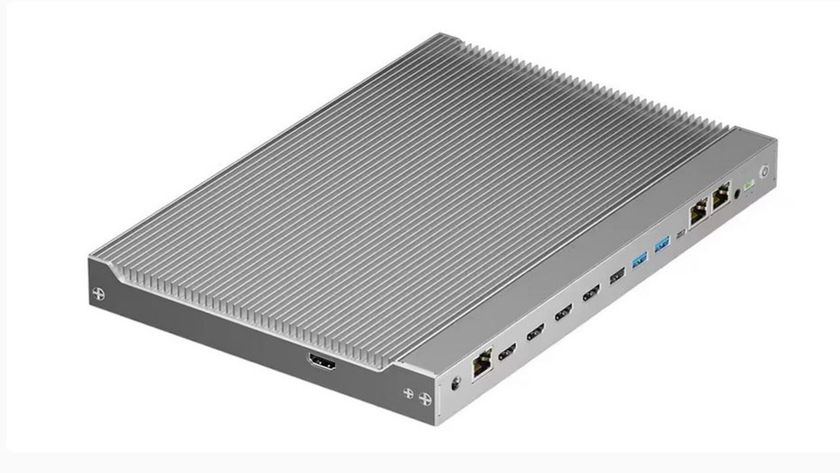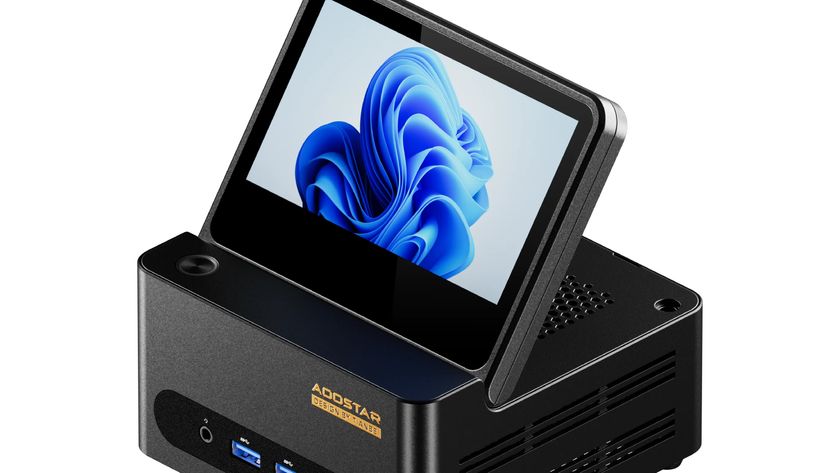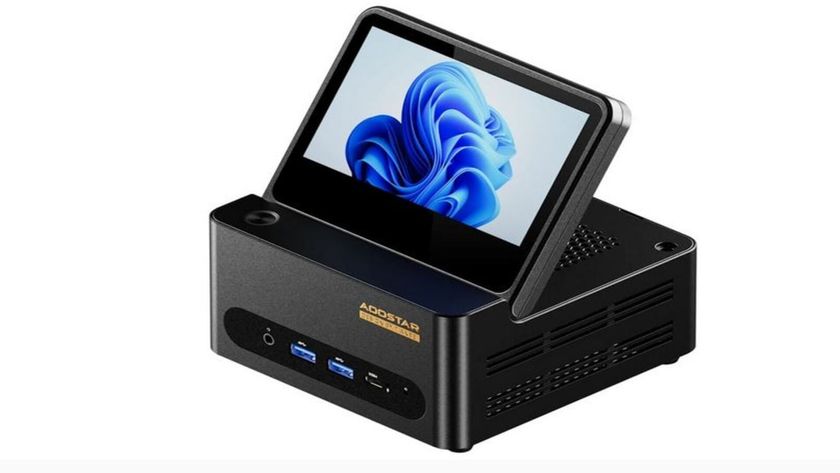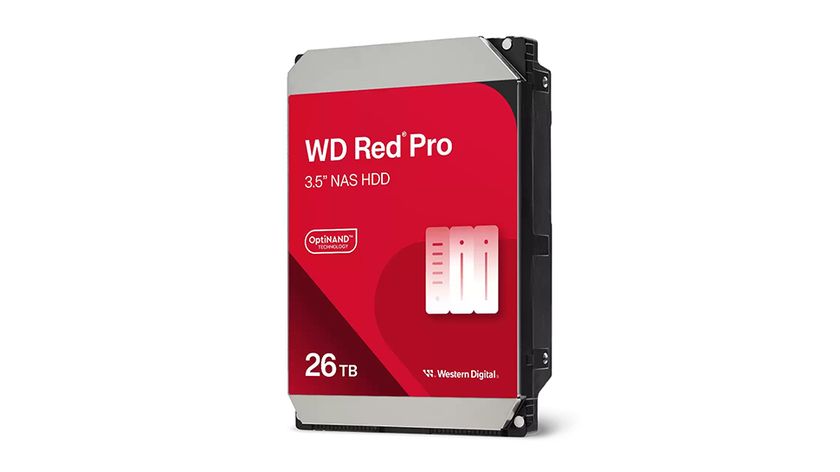Should I buy a Wi-Fi extender?
Boost your Wi-Fi without spending a fortune
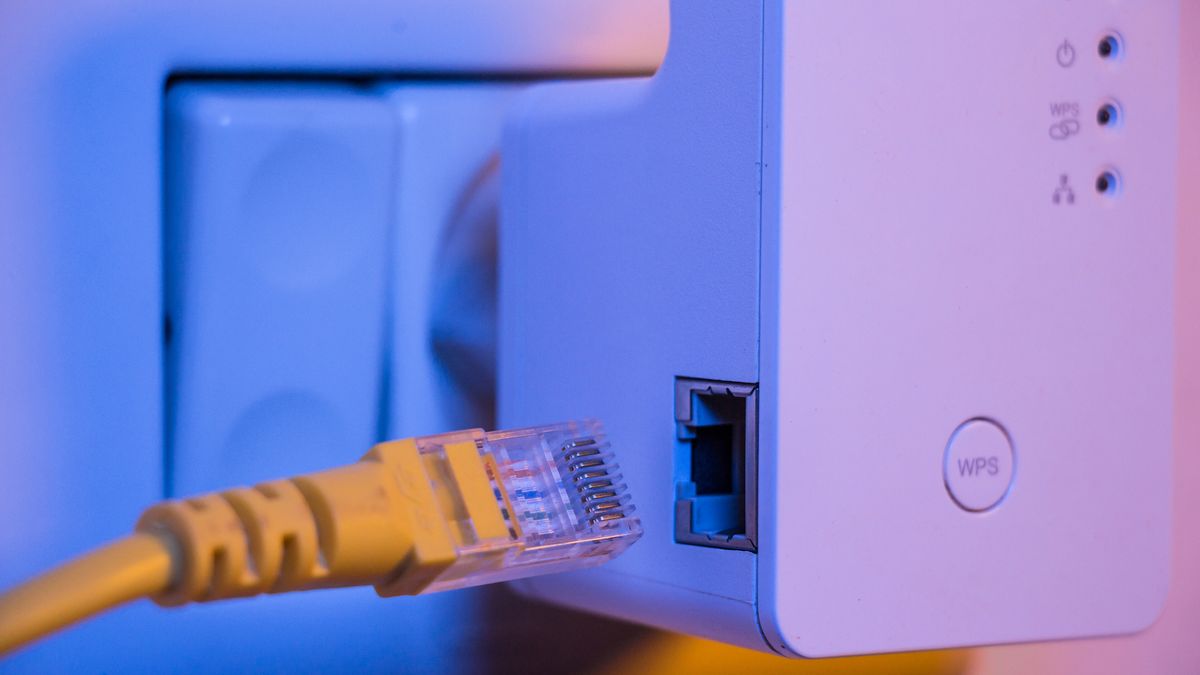
Wi-Fi extenders can be a great solution for some network issues. Especially if you have an aging router and are experiencing dead or weak spots, a Wi-Fi extender or repeater can fix your issues. And, it's typically more affordable than having to buy a new router.
It’s hardly surprising that Wi-Fi routers and mesh networking systems are selling like hotcakes at the moment, as working from home with Zoom calls, and endless binge-watching on Netflix can really put a strain on your home Wi-Fi router. However, buying a new router can be expensive. Mesh networking systems that typically include two or three separate routers can be even more.
Luckily, they're not always the best solution. If you can get good Wi-Fi in most of your home, but just have problems in one or two rooms then buying the best Wi-Fi extender your budget allows could be a quick and affordable solution.
That name is pretty self-explanatory, as these handy devices can help to extend the range of your existing Wi-Fi network into that hard-to-reach location, without the higher cost of a brand new router or mesh system. But, to get you a better idea, let's dig in deeper to see if you should buy a Wi-Fi extender.
Wi-Fi extenders v mesh routers
Range extenders and mesh networking systems often sound very similar, but the differences between the two options are fairly straightforward. Most mesh systems boast about providing ‘whole home Wi-Fi’, and the aim with a mesh system is to use two or three routers that link together in order to create a really extensive Wi-Fi network that covers your entire home.
That’s a good option for homes that have three or more bedrooms, especially if they’re located on separate floors, or if you have thick walls or other barriers that can block the Wi-Fi signal.
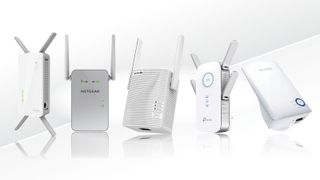
A range extender is a more targeted solution, and rather than providing ‘whole home Wi-Fi’, a range extender focuses on extending your existing Wi-Fi network into one specific location - such as an upstairs bedroom where the Wi-Fi is a bit dodgy, or maybe out into the garden so that you can listen to your BBQ playlist on Spotify.
Get daily insight, inspiration and deals in your inbox
Sign up for breaking news, reviews, opinion, top tech deals, and more.
You’ll need to find a halfway point, where the range extender can still pick up the Wi-Fi signal from your main router, and the range extender can then transmit its own Wi-Fi signal that boosts the Wi-Fi into that tricky bedroom or out into the garden.
Price and options
Most companies that make routers also make range extenders as well - although you’re free to mix and match, and you don’t need to buy a range extender from the same company that made your existing router or the company you originally got your broadband deals from.
A quick browse on Amazon shows that you can pick up a basic range extender from a well-known company such as Netgear or TP-Link for as little as $25 / £20 / AU$35, although the latest models that use the new Wi-Fi 6 tech can cost as much as $320 / £250 / $440.
Those cheaper range extenders obviously won’t be super-fast, typically only offering speeds of around 300 megabits per second (Mbps). Even so, that’s still fast enough to stream Netflix or Baby Yoda on Disney+, and a range extender can be a really affordable option if you just want to improve the Wi-Fi in one or two rooms.
A single range extender placed out in a central hallway may even be able to cover a number of nearby rooms, although some manufacturers also sell kits containing two or more range extenders as well.
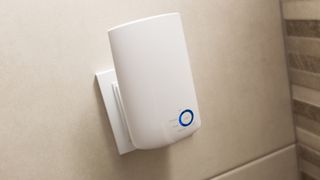
Plug in and play
There are two main types of Wi-Fi range extender. The larger models, such as Netgear’s high-end Nighthawk series, look just like ordinary routers and are designed to sit on a desk or shelf.
Then, there are also smaller models that plug directly into a mains power socket. The plug-in models are really convenient, but their compact design means that they may not have too many extra features.
A desktop range extender will be bigger, and will require a separate power cable for plugging into a nearby power socket, but that does give you more freedom in placing the range extender in a spot where it works best. Desktop models can also include additional features such as Ethernet ports for devices such as games consoles and smart-TVs that work better with a wired network connection.
The set-up process with range extenders varies from one manufacturer to another, although most range extenders now provide good apps to help you get started. The main thing to watch out for is that many range extenders set up a separate Wi-Fi network of their own, with its own name and password that are different from your main router’s network (the network name is often referred to as the ‘SSID’ - service set identifier - so watch out for that bit of jargon in the manual).

So, if the main Wi-Fi network in your home is called ‘Pete’s Wifi’, then you may have a range extender in an upstairs bedroom that creates its own network called ‘Mary’s Bedroom’.
If Mary takes her laptop up to the bedroom for a Zoom chat with her friends then she may have to manually select the new Wi-Fi network and enter the password before she can connect to that new Wi-Fi network in the bedroom.
That’s a bit tedious, so some newer ranger extenders can use the same network name and password as your existing Wi-Fi network, and this allows you to wander around your home so that your laptop or other devices automatically switch over to the range extender as you move further away from your main router.
There are a couple of other things to watch out for as well. Many range extenders, such as Devolo’s Magic kits, also include a feature called Powerline, which allows you to transmit your Internet connection over the electrical wiring in your home.
That’s always seemed like magic to us, and it’s really handy if you have a ‘deadspot’ in your home where the Wi-Fi just completely cuts out. Some of the latest range extenders also jump on the ‘whole home’ mesh bandwagon, calling themselves ‘mesh extenders’ and allowing you to create a wide-ranging new mesh network by linking several extenders together.
But, as we’ve pointed out, range extenders are designed to provide a more affordable and targeted Wi-Fi solution, so they’re best suited to homes where you just need to improve the Wi-Fi in one or two specific rooms or outdoor spots.
- These are the best powerline adapters
Cliff Joseph is a former Editor of MacUser magazine, and a freelance technology writer with 30 year’s experience in the industry (and old enough to remember when Apple was close to going bust…).
His first job involved using Macs for magazine sub-editing and typesetting, which led to the realisation that these computer-thingies might actually turn out to be useful after all. After a few years specialising in the Mac side of the market, he went freelance and embraced the wide world of digital technology, including Windows PCs, digital audio and hi-fi, and networking. Somewhere along the line he also developed a bit of a gaming habit and has stubbornly waved the flag for Mac gaming for far too many years.
- Michelle Rae UyContributor

